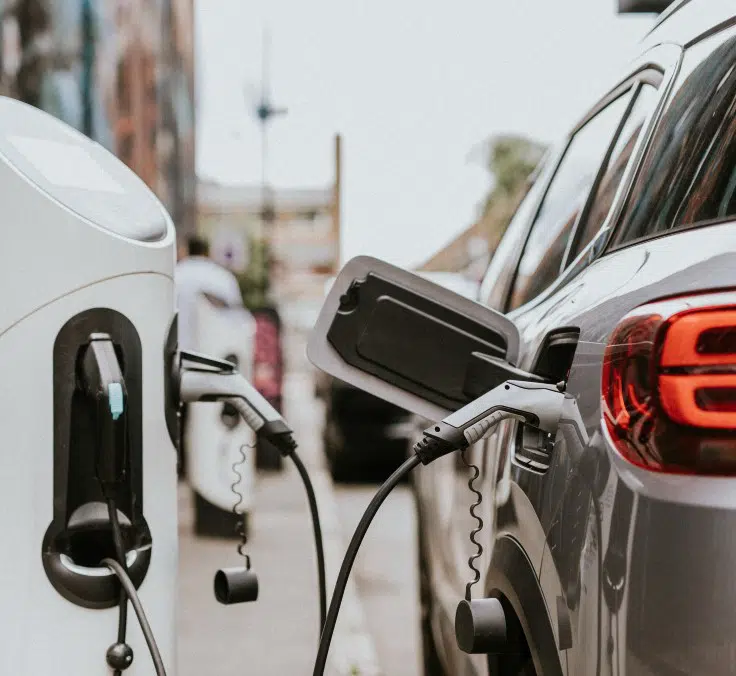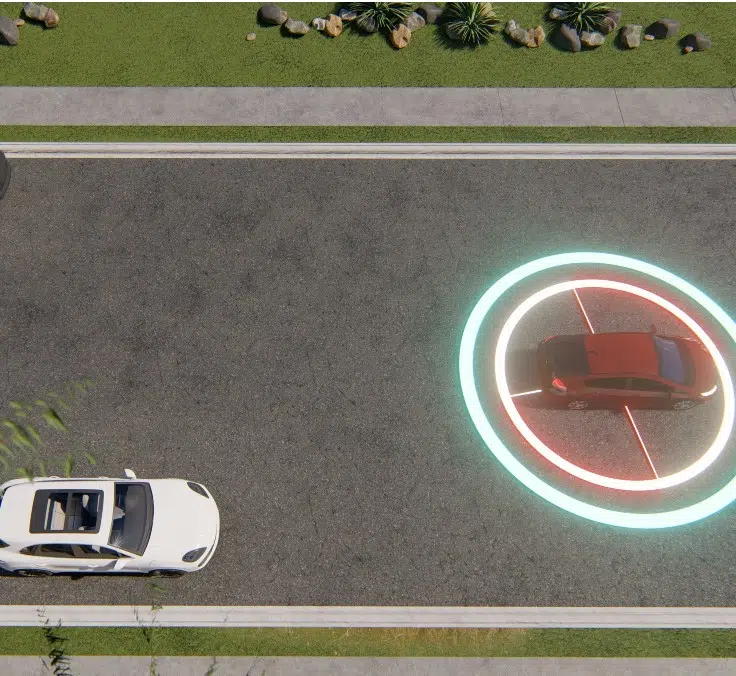SUSTAINABILITY| 09.09.2022
World Electric Vehicle Day
Starting in 2020, September 9 of each year marks World Electric Vehicle Day, an initiative created by ABB and Green TV to promote the recognition and adoption of electric mobility solutions, placing an emphasis on the conservation of the environment.
This year, the aim, through digital campaigns and a presence at different events and political areas, is to consolidate this occasion to promote decarbonized zero-CO2 means of transport, or, in other words, electric vehicles.
Origins and evolution of electric mobility
The explosion in the popularity of electric vehicles in recent decades might lead us to believe that they are a relatively recent invention; however, did you know that they date back even further than combustion vehicles?
The discoveries and inventions of Faraday and Davenport in the 1930s opened the doors to the first experiments with electricity-powered vehicles. However, it was in 1881 when Gustave Trouvé presented the first electric vehicle powered exclusively by electricity: a tricycle with a maximum speed of 12 km per hour and an autonomy of 26 km.
It took less than twenty years for inventions like those by Nikola Tesla and new electric vehicles presented in Germany or the United States to pave the way for electric mobility, with a veritable golden age lasting two decades.
In the 20th century, the low autonomy and lack of appropriate charging infrastructure started to outweigh the advantages that had made electric vehicles popular in large cities. In 1908, Henry Ford presented his iconic Ford Model T and the fall in the price of gasoline and a bigger road infrastructure saw the combustion vehicle market, offering greater autonomy, really take off.
Even so, between 1960 and 1990, there was an upturn in interest among manufacturers for electric solutions, thanks to a better charging infrastructure, including electric vehicle chargers and improved technology and battery autonomy. Later, this combined with the growing concern for CO2 emissions and international climate commitments that once again placed a focus and interest on achieving new electric mobility standards, paving the way for the current explosion of e-mobility.
Advantages and benefits of using electric vehicles
Zero emissions
Concerned about the environment? Electric vehicles do not release any kind of pollution or greenhouse gases (GHG). Although it is true that manufacturing an electric vehicle generates a bigger carbon footprint than is the case in the production of a conventional combustion vehicle, the zero emissions involved quickly offset this.
Savings
To fully charge an electric vehicle’s battery, even at home, can entail a cost of between 6 and 8 euros providing an autonomy of 400 km (depending on the type of vehicle and engine). If this incentive in itself weren’t enough, in many large cities there are free charging stations to encourage the adoption of electric mobility.
Furthermore, ECO vehicles come with a series of tax breaks, both at the time of purchase and subsequently in terms of taxation. Their registration and road tax are also increasingly more affordable.
Infrastructure
The network of charging stations is constantly growing and there is no longer any need to worry about where to charge your electric car on the road; however, this is not the only advantage. In many cities, there are reserved parking spaces for eco vehicles and in some cities, it is even possible to drive in bus or HOV lanes, regardless of how many passengers are in the vehicle, making urban mobility much easier. What’s more, there are progressively more chargers in public parking lots and the list of companies who install chargers in private garages is also growing.
Reliability
Vehicles powered by electric engines have less moving parts and friction, drastically reducing the maintenance they require (increasing savings further still) and the number of breakdowns they suffer is significantly lower. You can also forget about having to change your oil, filters, timing belts and other engine maintenance tasks.
Convenience
You can drive without having to worry about changing gears, without engine vibrations and enjoying the silence offered by an electric engine, in addition to constant, smooth and interruption-free acceleration. These vehicles do not have a clutch or gearbox, making them particularly easy to drive.
MAPFRE’s mobility and sustainability objectives
As part of MAPFRE’s open innovation model, CESVIMAP is a center of innovation and development dedicated to contributing to connected, autonomous, shared and electric mobility, implementing innovative solutions.
Sustainability is the main focus, promoting zero emissions, recycling and the circular economy through training, consultancy and the development of solutions, helping not only MAPFRE but many other companies and institutions.
What’s more, MAPFRE has included mobility objectives within its environmental footprint plan, such as; ensuring 100% of its fleet is made up of ECO vehicles, reducing business travel by 20% and implementing remote work by at least 40%.
We provide our employees with services that promote sustainable mobility, pursuing alternatives to private vehicle use. These measures include shuttle buses that connect some offices with the main locations of the city and public transportation, bicycle parking, electrical vehicle rental, charging stations for ECO vehicles, and a video conference system to reduce the need for business travel.
Our main sustainability objective is to reduce the Group’s carbon footprint by 50% by 2030, achieve carbon neutrality in the main countries by 2024 and in all countries in 2030.
How can the transition to an electric vehicle be made easier for you?
The cost of an electric car tends to be one of the main barriers when it comes to making the transition, but there are many options for reducing or overcoming this.
First of all, there are numerous tax breaks when acquiring an electric vehicle, such as road tax rebates or incentives like Plan MOVALT, in Spain, which include direct discounts on the purchase price.
If, even with these measures, buying a new vehicle is out of your reach, the low breakdown rates and reliability of electric vehicles make buying an electric car second hand a recommendable option, as they are much more affordable and still offer the peace of mind of the limited maintenance required by this type of vehicle.
Finally, there are subscription models, like leasing or other monthly plans that include other services like insurance and help to reduce the barrier initially posed by the price of these vehicles.
As you can see, electric mobility is not just any old option. It is the real alternative to decarbonizing our cities and caring for the environment. The drive and commitment of institutions, companies and citizens is continually increasing, facilitating the transition toward this model, which is why World Electric Vehicle Day represents a real opportunity to catalyze this change.
RELATED ARTICLES:




